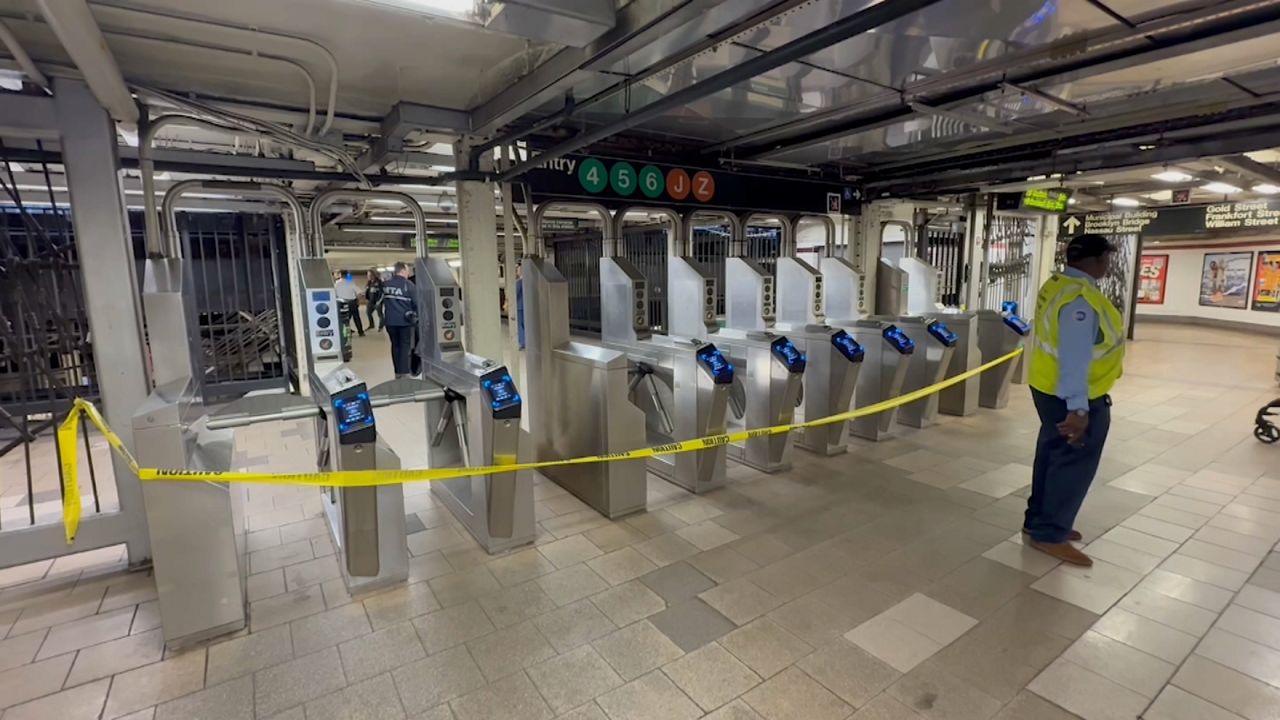Amid the crowds at Grand Central Terminal, these flashing lights signal a rescue crew is on the move. The vehicle belongs to the terminal's Fire Brigade. It only travels five miles an hour but often is first to arrive at emergencies here.
"Any type of operation that we have whether it's fire related, medical related or basic rescue calls, odor investigations, we have the tools on this piece of equipment to start the operation,” said Assistant Fire Chief Andrew Seicol.
With no sirens and a simple horn, it's one of the brigade's three pint-sized response vehicles, stored here by track 14. One is for basic rescue calls, another serves an ambulance and the third is a pumper, with a hose and 200 gallons of water on board.
"They're basically electric indoor carts with customs toolboxes to fit through the passageways. We have a very good response time. It's about an average under two minutes from the building which means you'll have a fully trained New York State EMT and Firefighter with you in approximately two minutes,” said Chief Jonathan Lee.
The MTA created a fire life safety unit for Grand Central Terminal 35 years ago because of the complexity of this iconic transit hub, which has more than 60 tracks and multiple levels, and handles hundreds of thousands of travelers a day. Initially, the unit was staffed with Metro North Railroad volunteers. But eight years ago, the unit was professionalized, with a separate staff. Brigade members also help the city's fire department in navigating the 106-year-old landmark.
"We average about 16 to 1700 calls a year here in the building. We see it all. Grand Central Terminal is its own little city,” said Seicol.
"With a footprint here in Grand Central from 42nd to 56th Streets, from basically Lexington to Madison on several layers underground under all these high rise buildings, we have a significant amount of square footage that we cover,” said Lee.
That footprint will become even bigger, and more challenging when the MTA completes the multibillion-dollar station it’s building 15 floors below Grand Central, allowing the Long Island Rail Road to begin service to the East Side for the first time. When it opens, the 20-worker brigade will have to expand, too.







